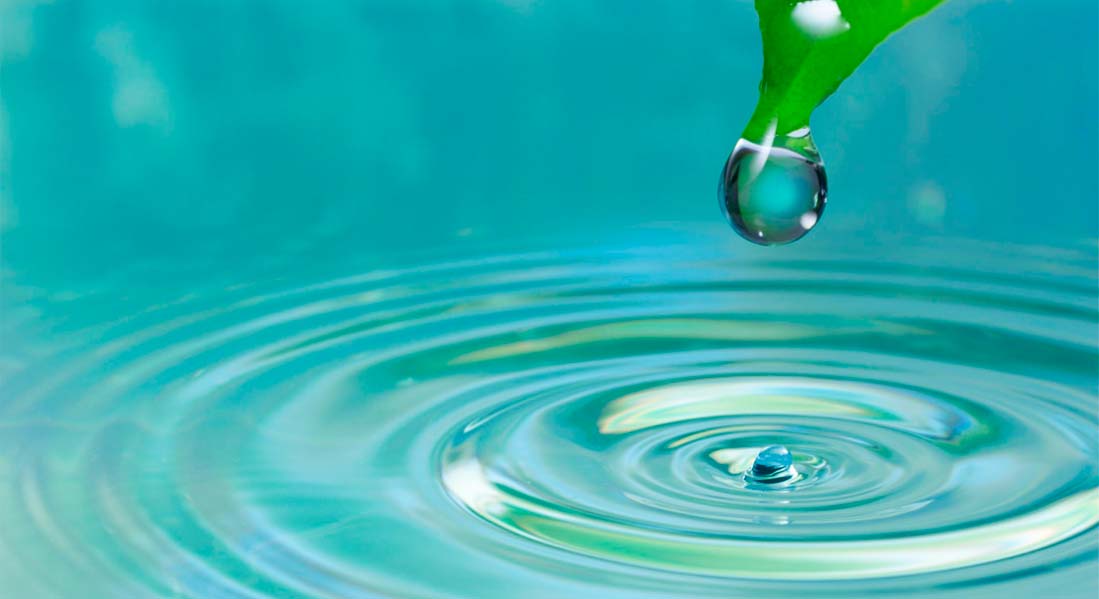We use renewable resources

AWA generates water from atmospheric humidity, autonomously, sustainably, with very high effectiveness and at a minimum cost for several decades.
What natural resources does this technology use?
For its operation, AWA considers AIR, WIND, TEMPERATURE and SOIL HUMIDITY.
Won’t extracting water held in the air affect climatic conditions?
NEVER. Let’s do some calculations…
There are 7.4 billion people living in the world. It is estimated that each human being consumes 50 liters of water per day for their basic needs. So, to supply this demand, 370,000,000 m3 of water per day are needed.
There are 13,000 cubic kilometers of water available in the atmosphere, and we know that one km3 is equal to 1,000,000,000 m3. So we only need 37% of a km3 of atmospheric water to supply the entire world population. This is only 0.03% of the total water available in the atmosphere.
What energy consumption do AWA plants need to operate?
AWA towers are COMPLETELY SELF-SUFFICIENT. They self-generate their own energy for their operation. This zero energy consumption is possible thanks to the meticulous design of the towers, which optimizes the use of natural resources such as the kinematic force of the winds and temperatures to obtain safe and abundant water.
Attentive to the worrying scarcity of water around the world, the challenge arose to design an effective and definitive solution. With difficulties such as the impossibility of providing electrical energy where there is the greatest need for water, but with scientifically studied natural resources in favor, it was possible to develop a system capable of functioning with the help of nature itself to efficiently satisfy this vital need of humanity. .
What is the environmental impact of this technology?
NULL. On the contrary, AWA would give the planet a break by allowing the environmental recovery of resources devastated by its abuse and mismanagement.
The plants are designed to obtain abundant safe water without the need to use chemicals or polluting materials, taking care of the quality and safety of the water obtained and the environment.
AWA is a paradigm shift, that guarantees to improve the quality of life of the world’s population.
For
more
information
about

